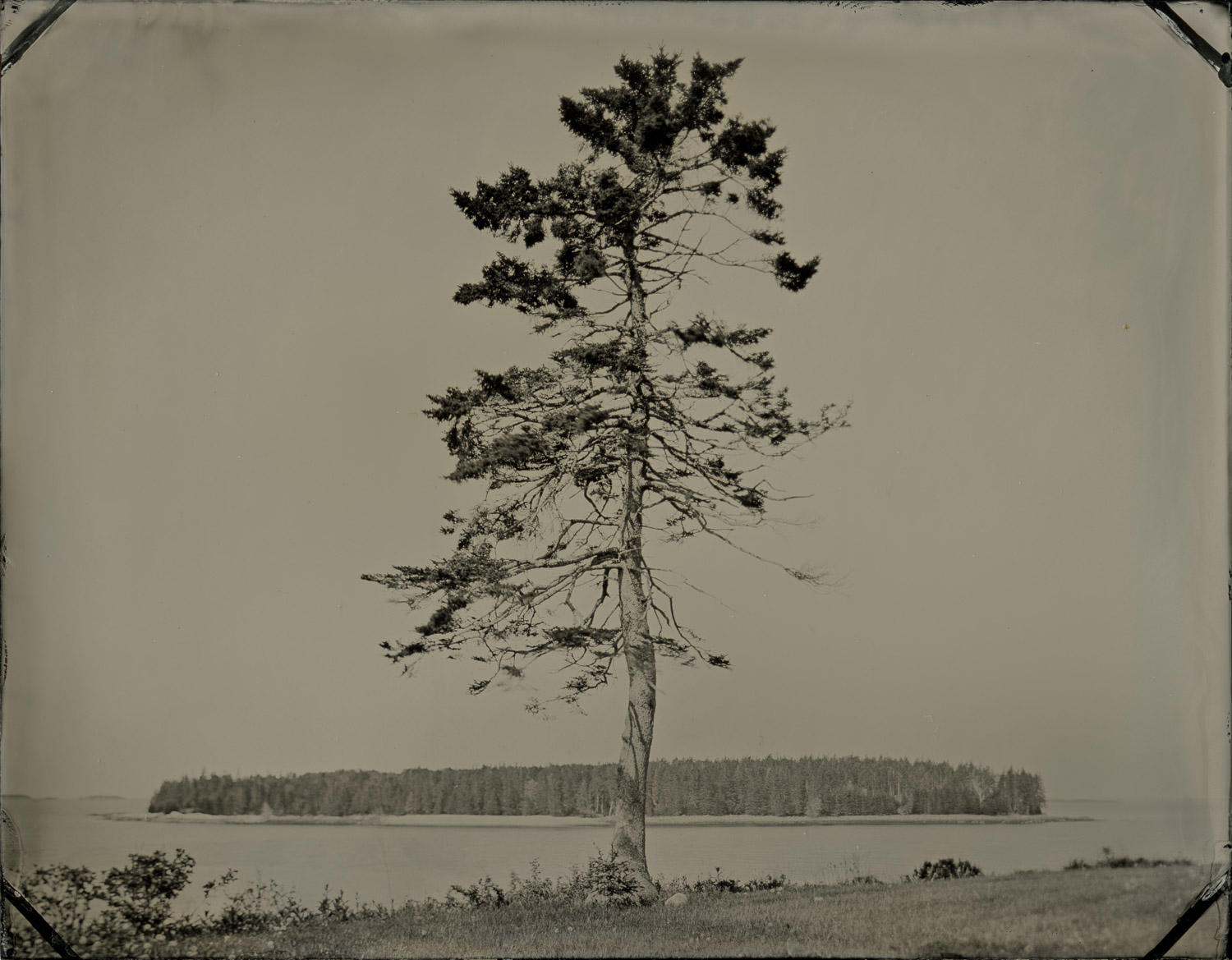
Here’s an example of the difference shifting about 15 feet to one side can make for a composition. The shot above and the shot below were taken within those few feet of each other, and otherwise the lens choice is the only difference – 90mm above and 210 below.
The four or so hours Kari and I had at Ed’s last time was not nearly enough to work on all of the shots I wanted to try at that beautiful location. Given the nature of making tintypes, getting three or four tins in an hour is a pretty rockin’ pace, and that’s if I’m not re-framing a new composition. It may take a tin or two – in other words 20-30 minutes or so – to even get the composition and exposure right, then another period of time to make a couple of good plates.

My strategy usually is something like “get it right, then make at least two more”, so that if they get screwed up later in the process – like bad varnishing – I have a backup. Add in the fact that I am not terribly consistent from one plate to another when it comes to pouring collodion or developer, and the end result is that feeling like I’m “finished” with any given subject might take several hours.
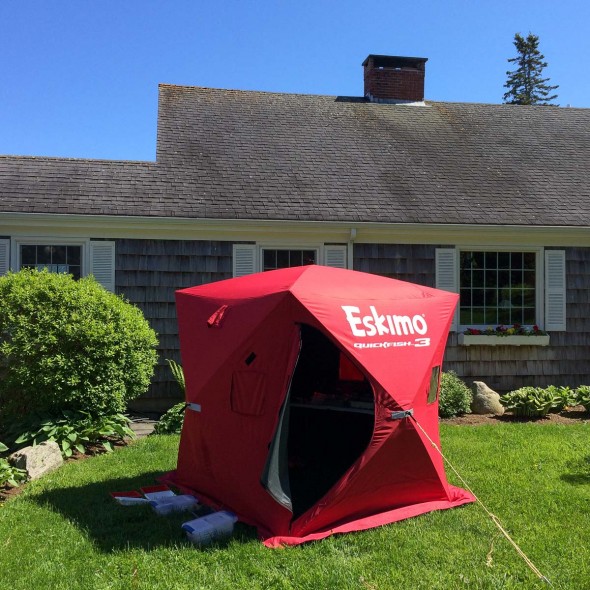
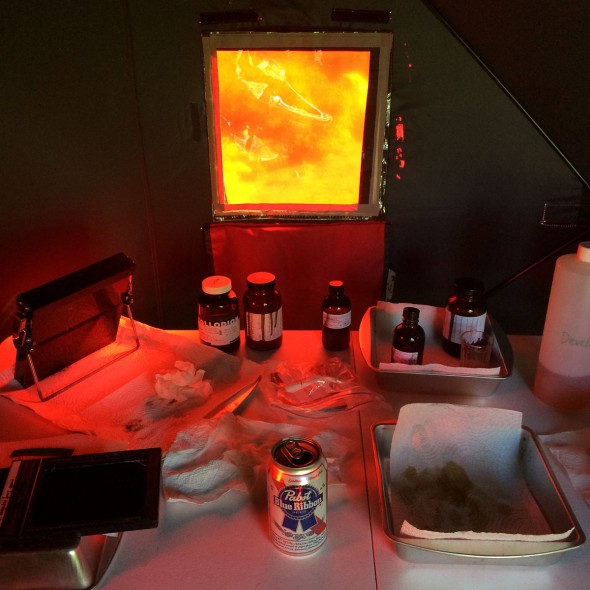
Ed and Ruth are incredibly generous with their land (and everything else) and they are a lot of fun to be around, so I gladly went back for another day of making tintypes. This time solo, with my iPhone earphones cranking out a soundtrack. I still only really made a few versions of two images, but it was a fantastic day full of sea air (and ether).
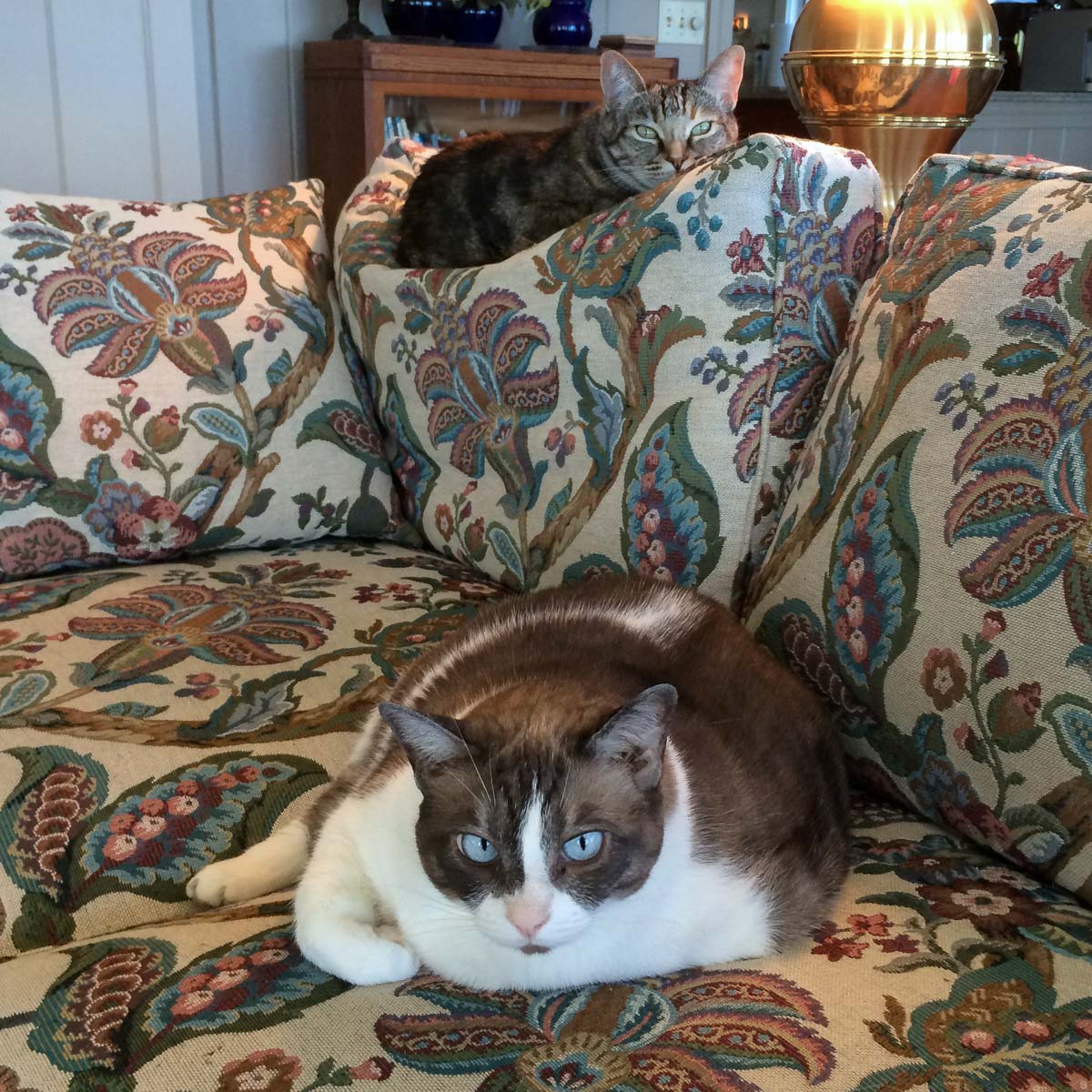
(Of course as I went back at the end of the day to pick up my camera I saw another shot to try, so I frantically made a few more tintypes as the sun faded – using a headlamp for a safelight in the tent. I don’t think this is “the shot” I envisioned, so I might revisit it next trip.)
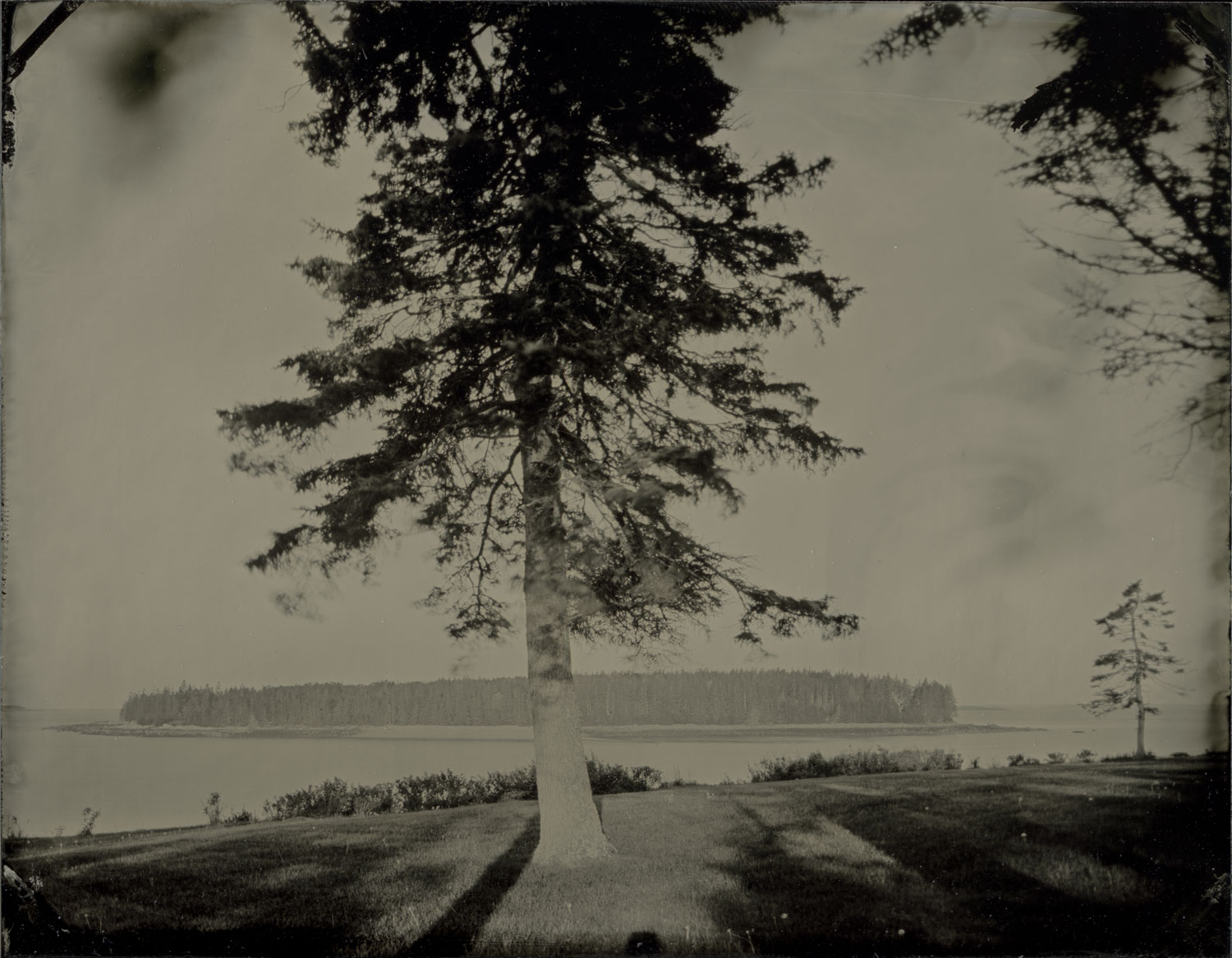
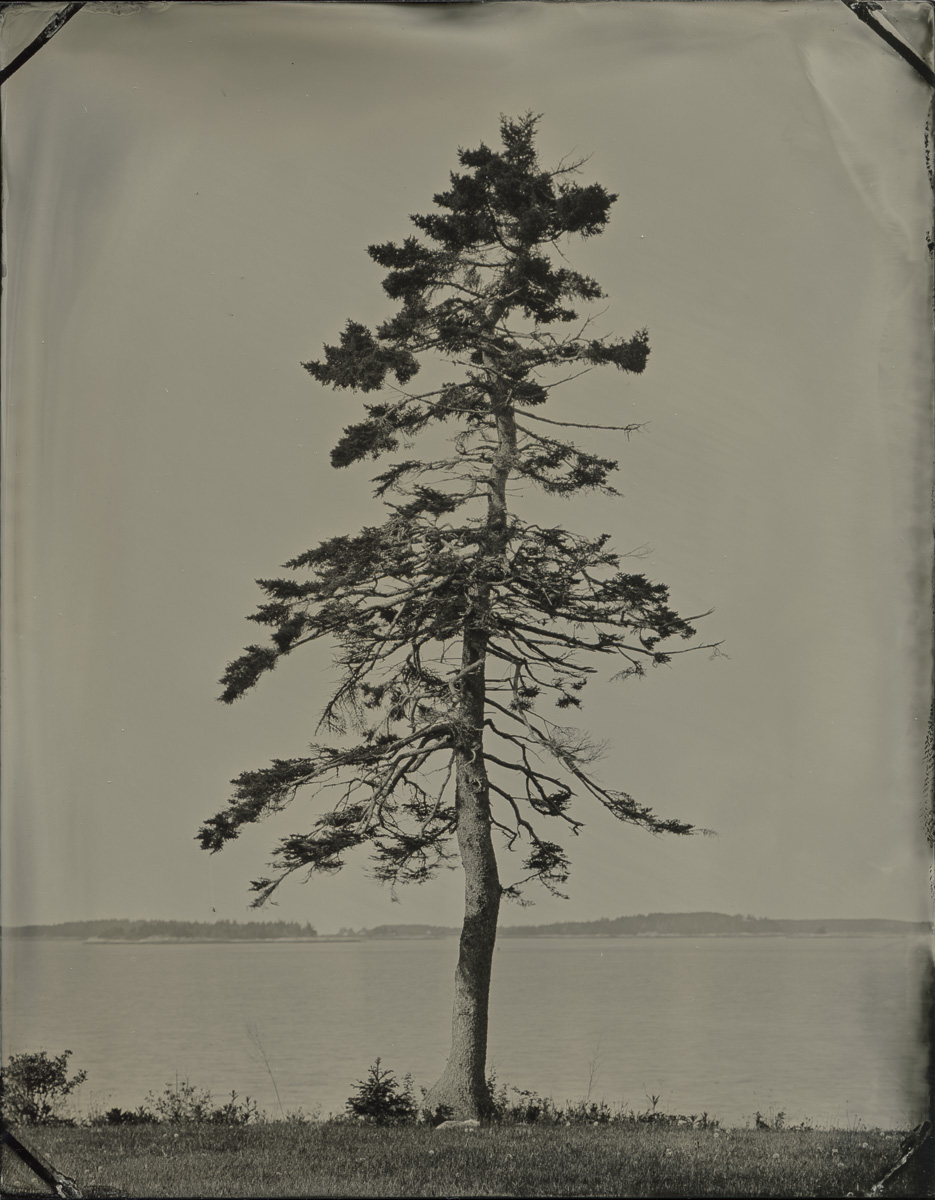

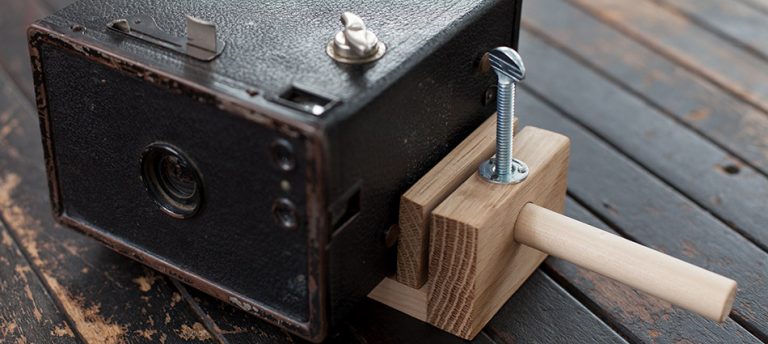
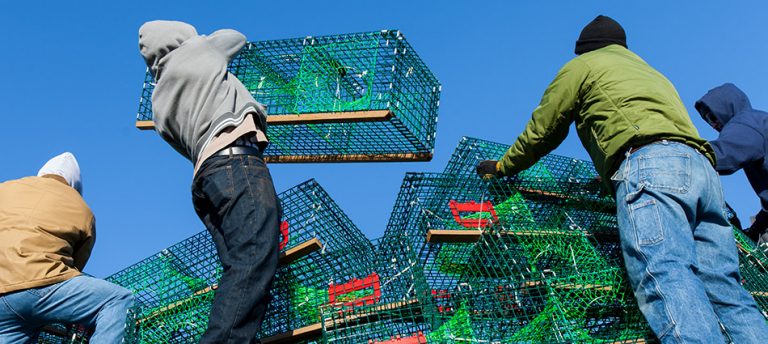
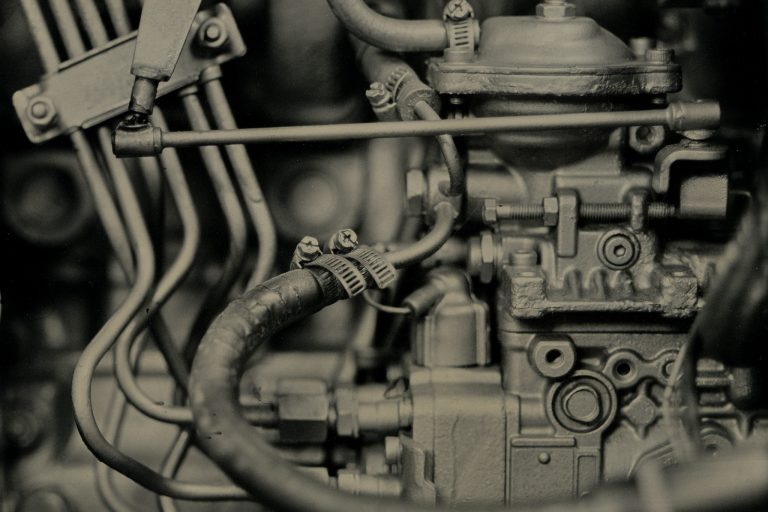
Ruth and I had a teacher more than 50 years ago who, as a young person drank silver nitrate. Her unkind nickname was blueface. Since humans are absent minded creatures, I’d remove the beer.
Beautiful location.